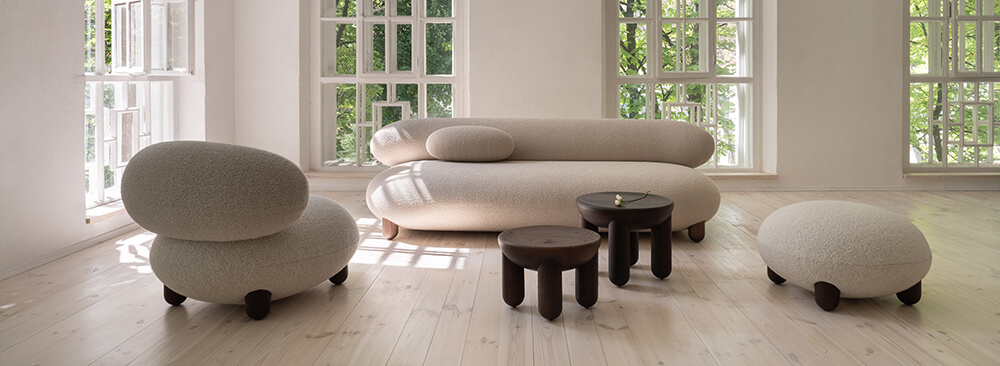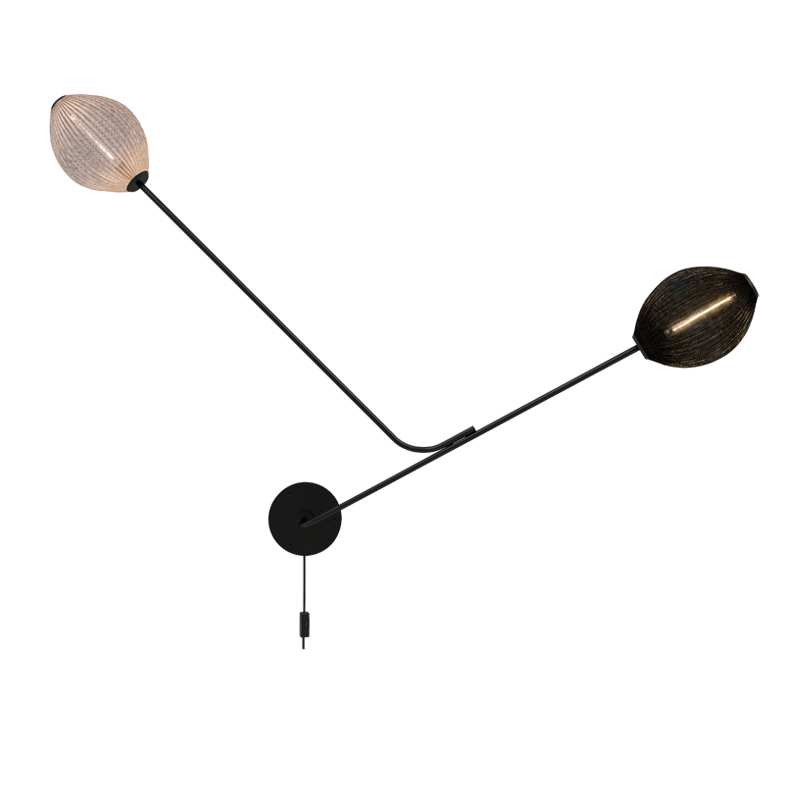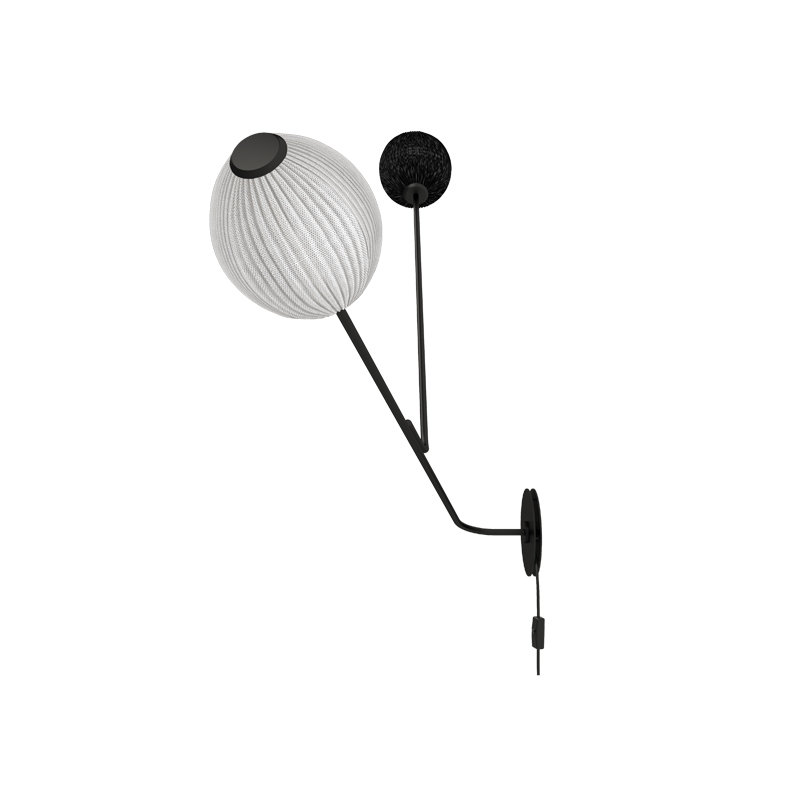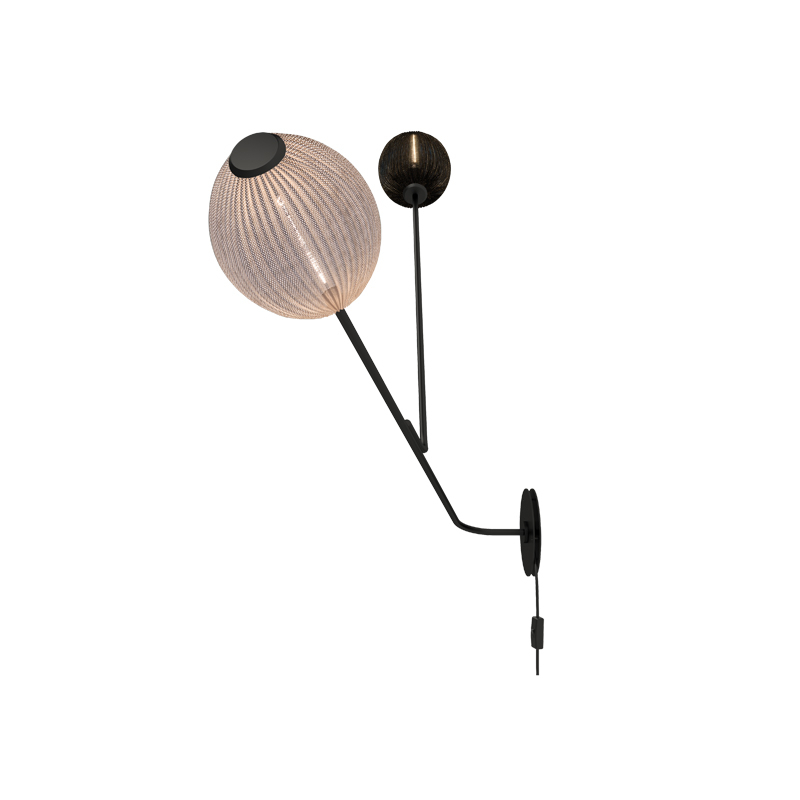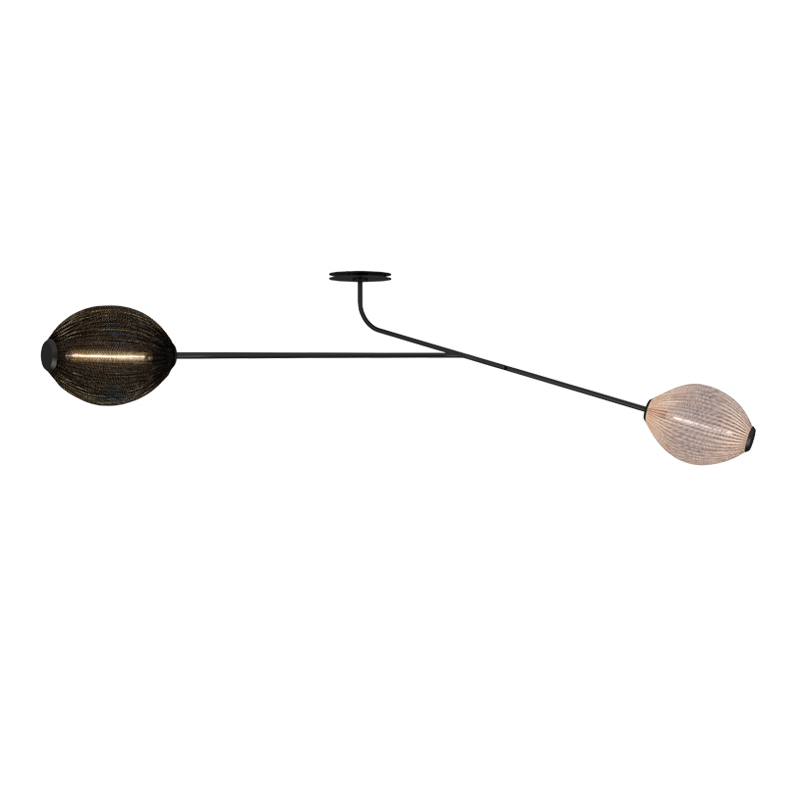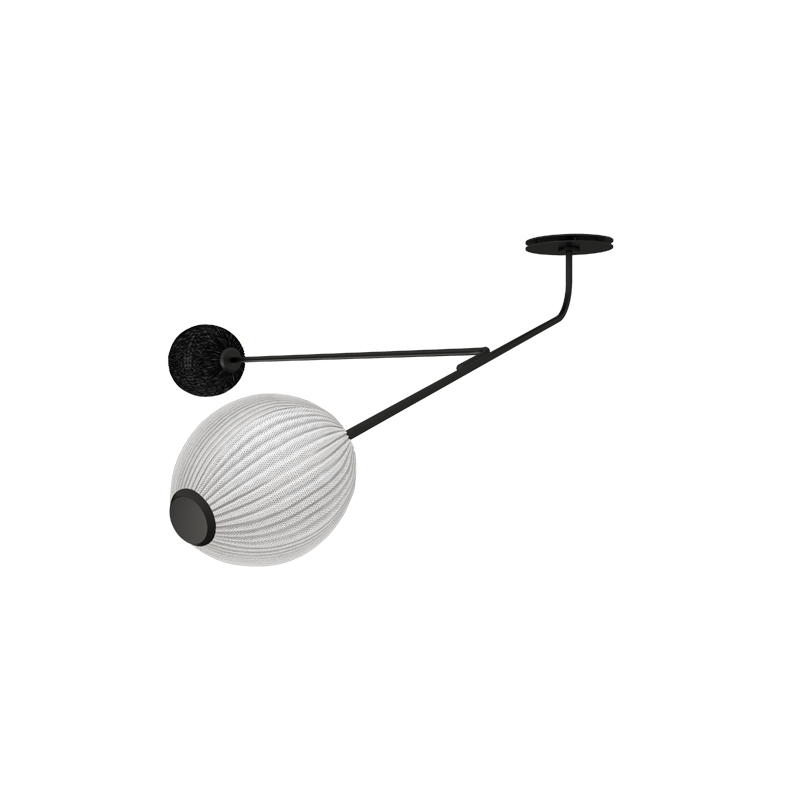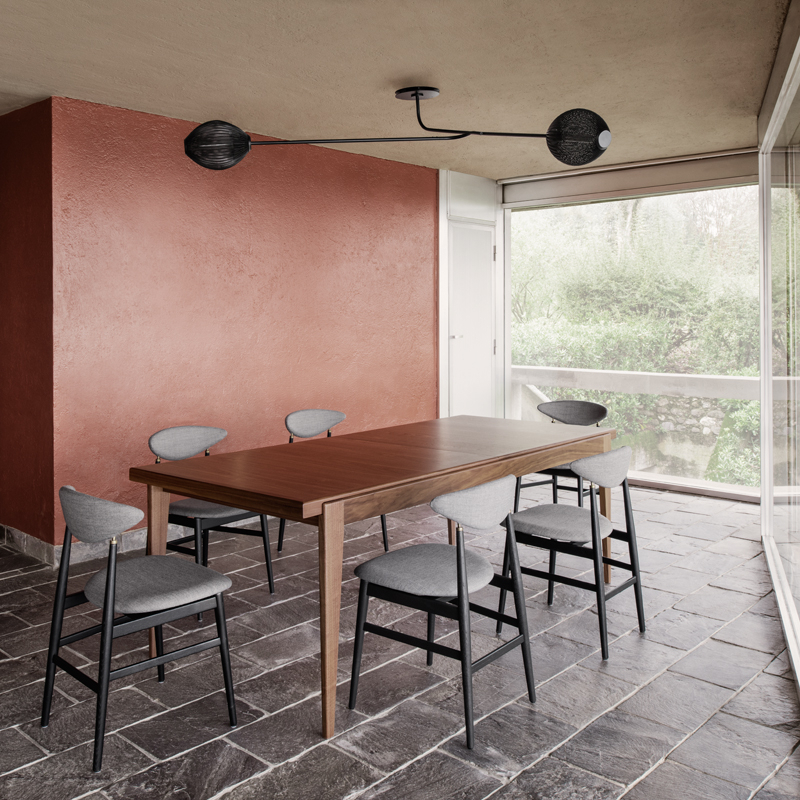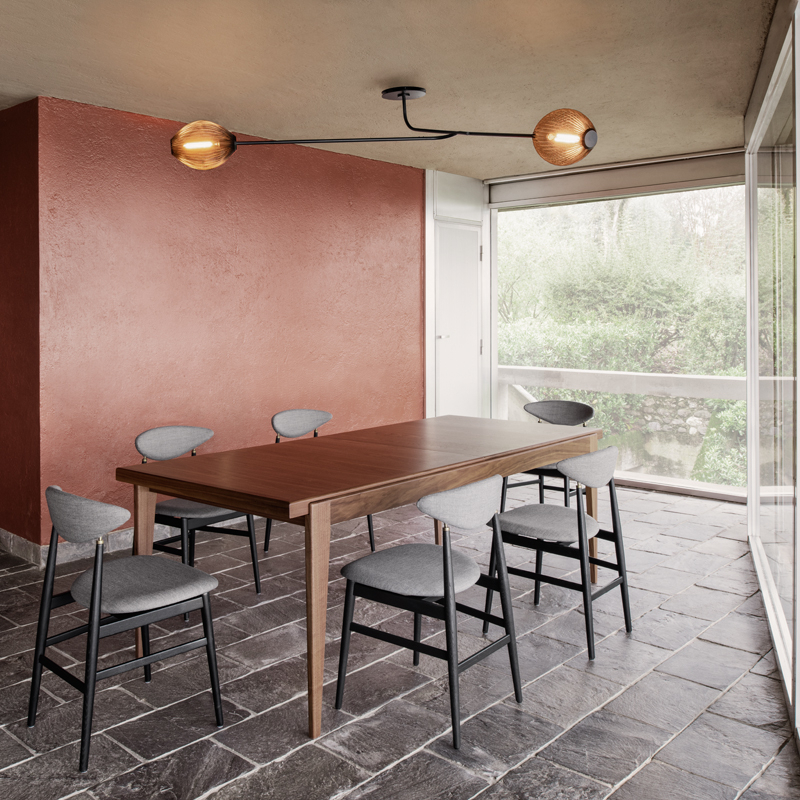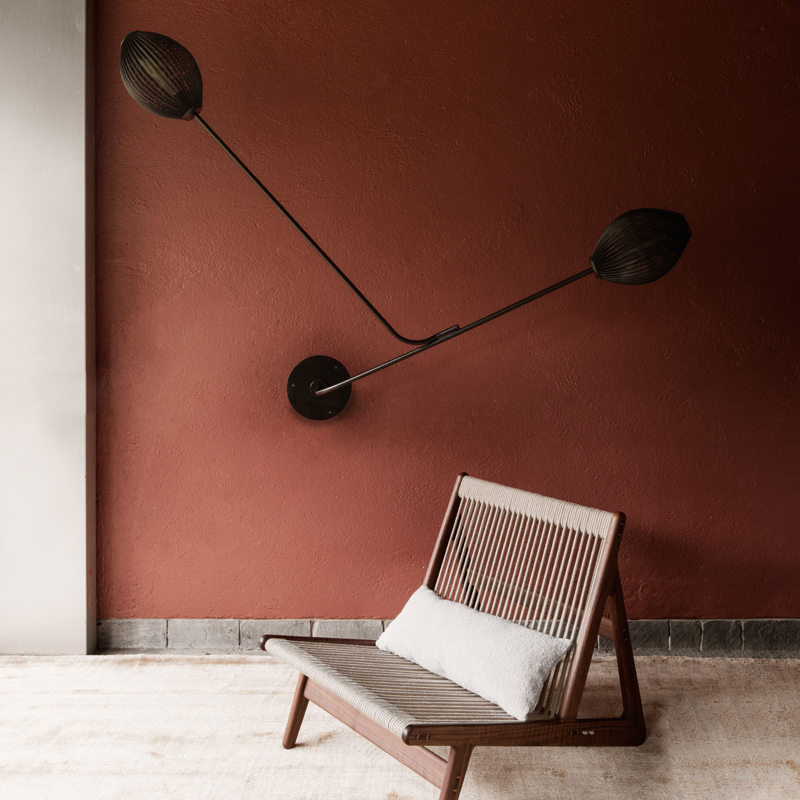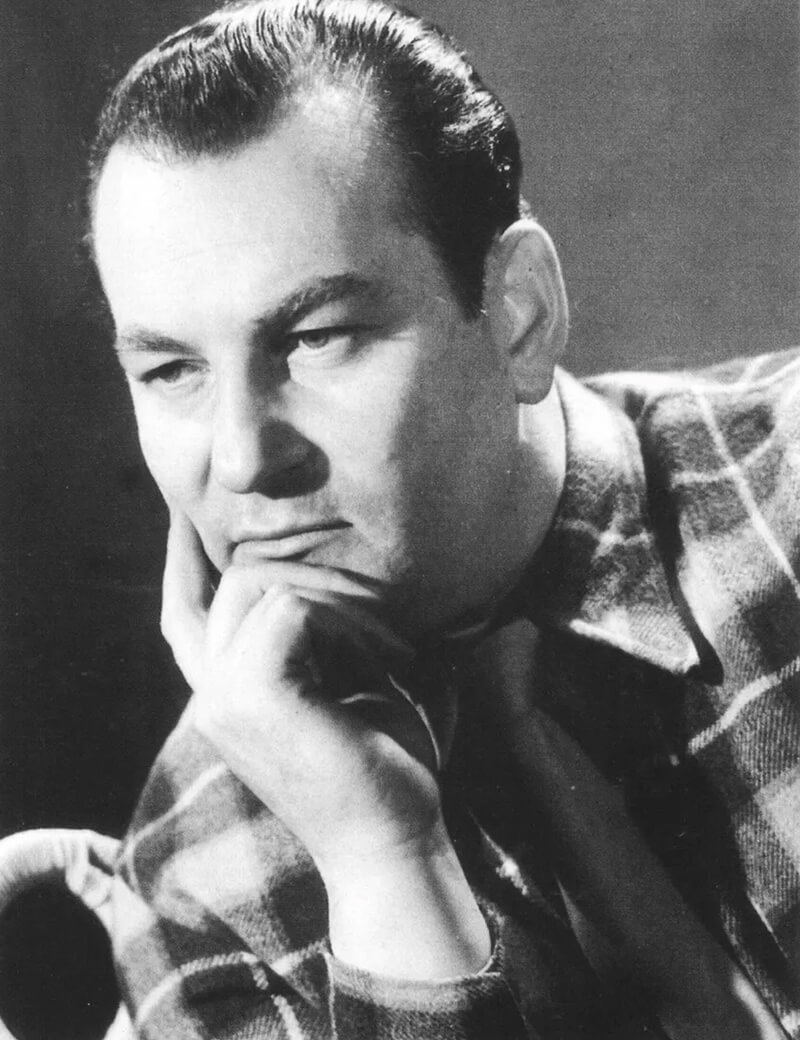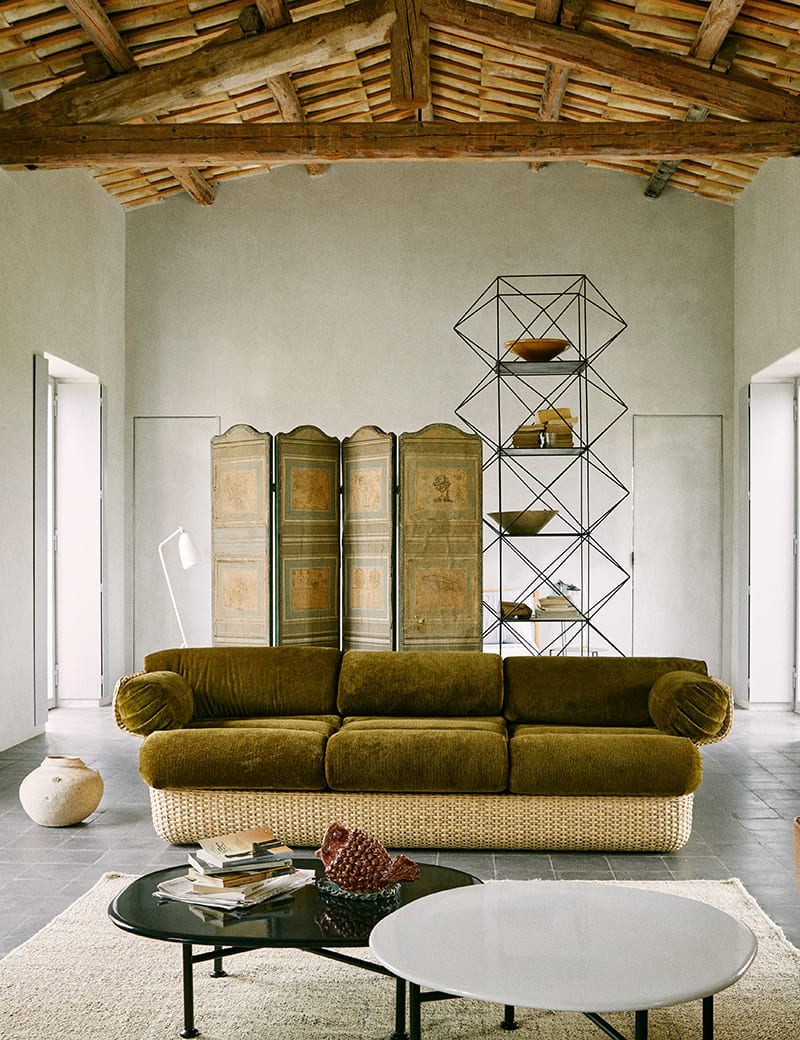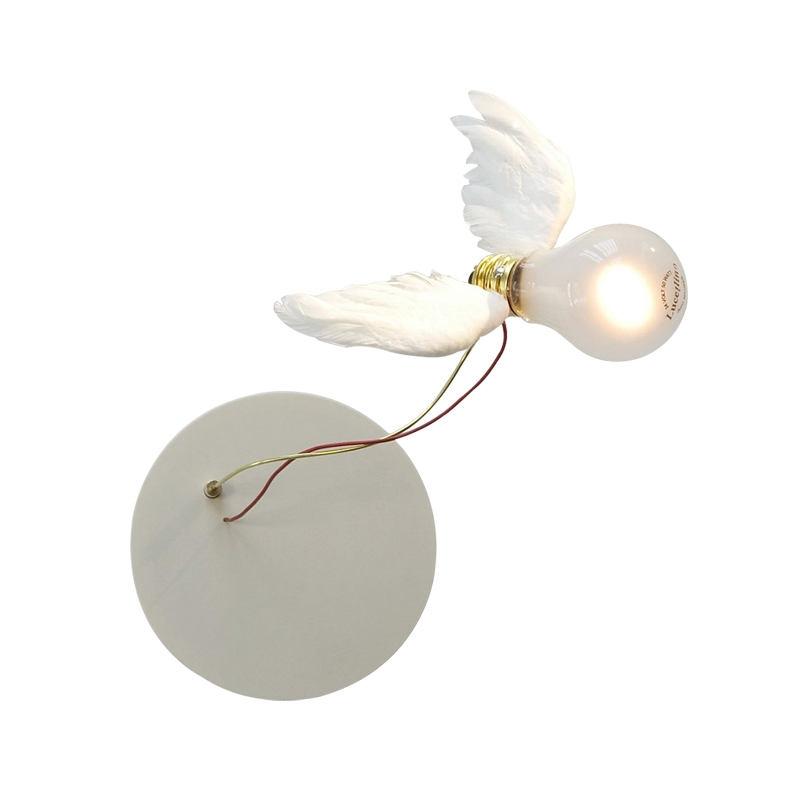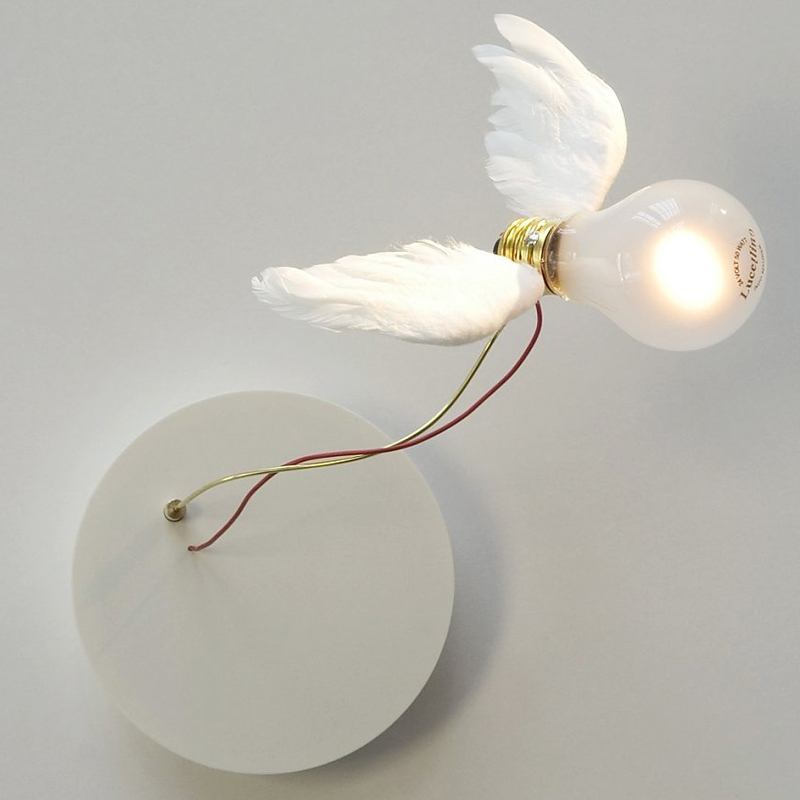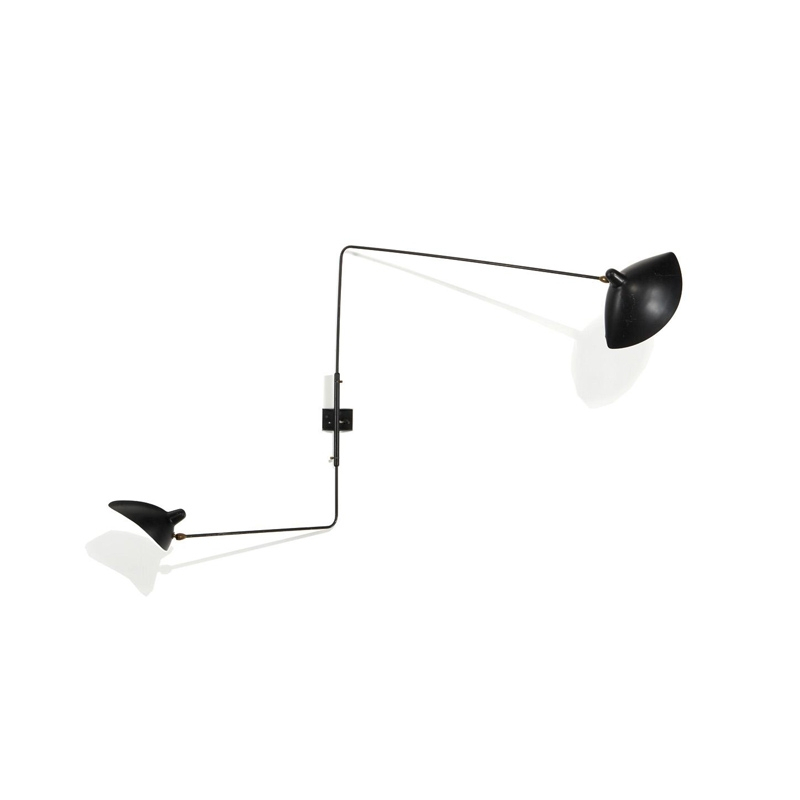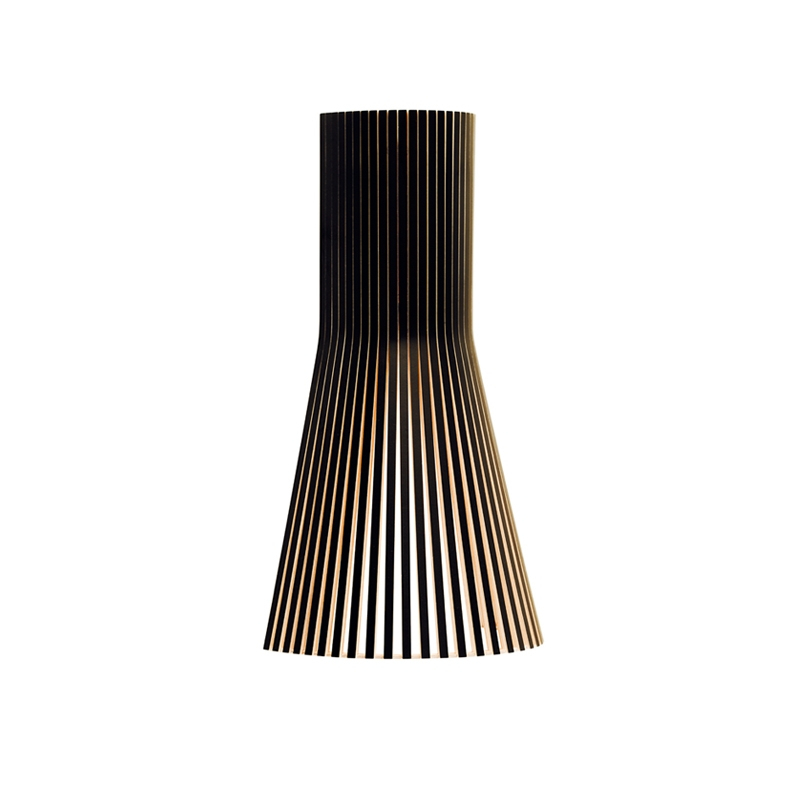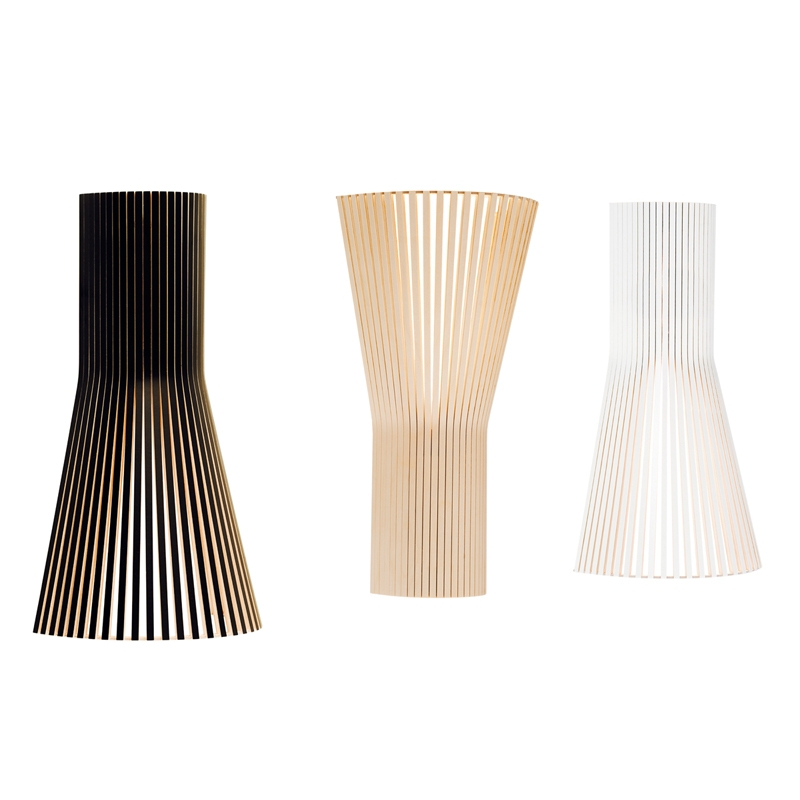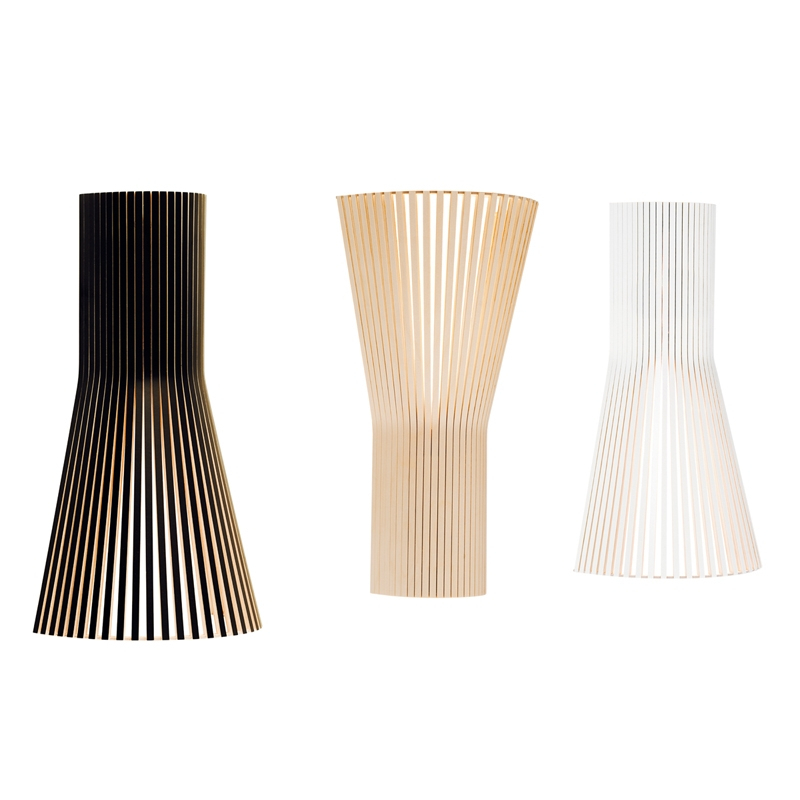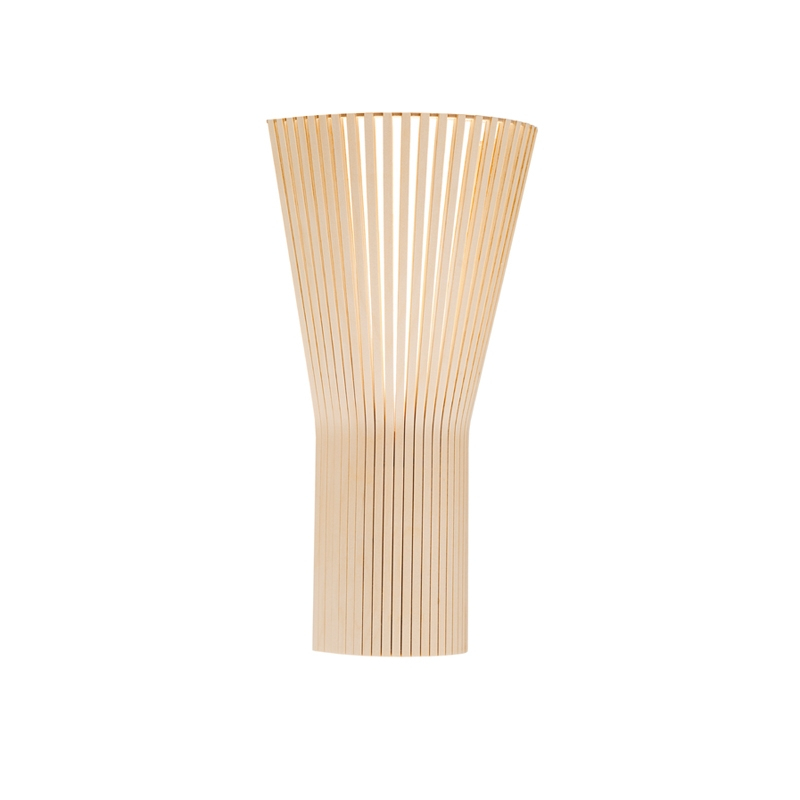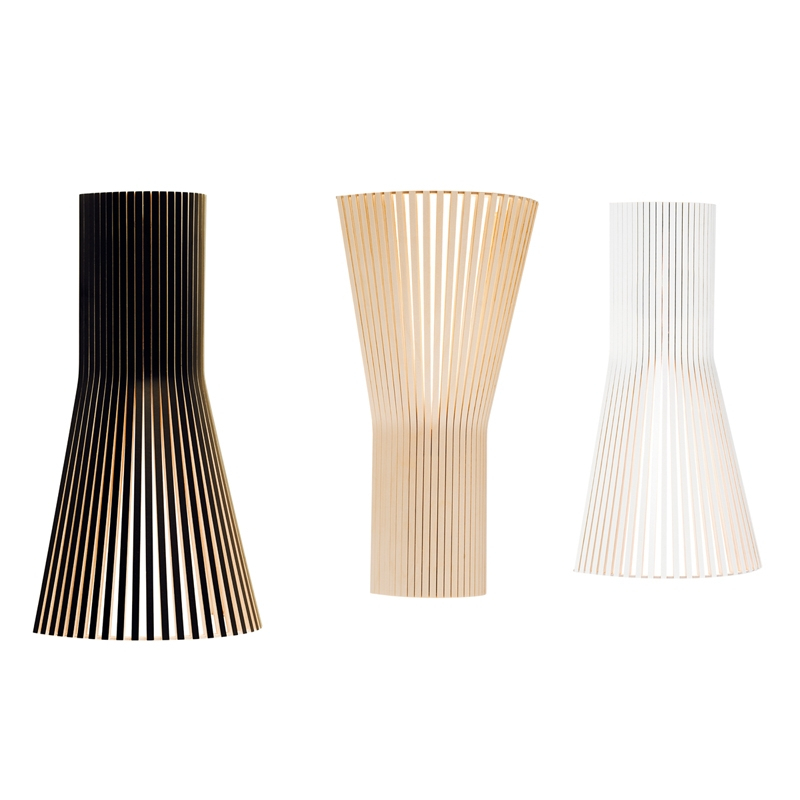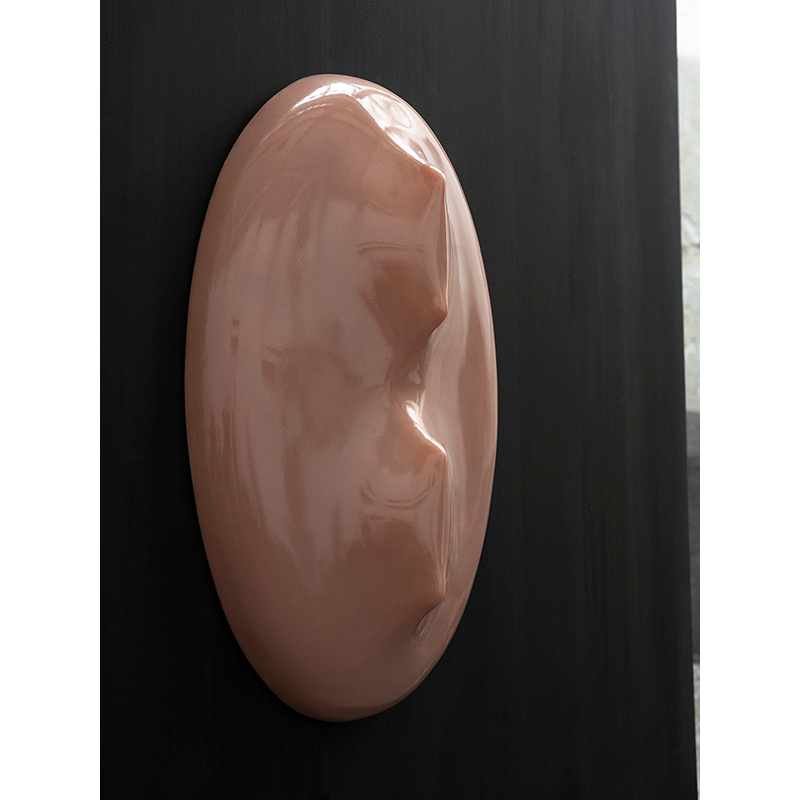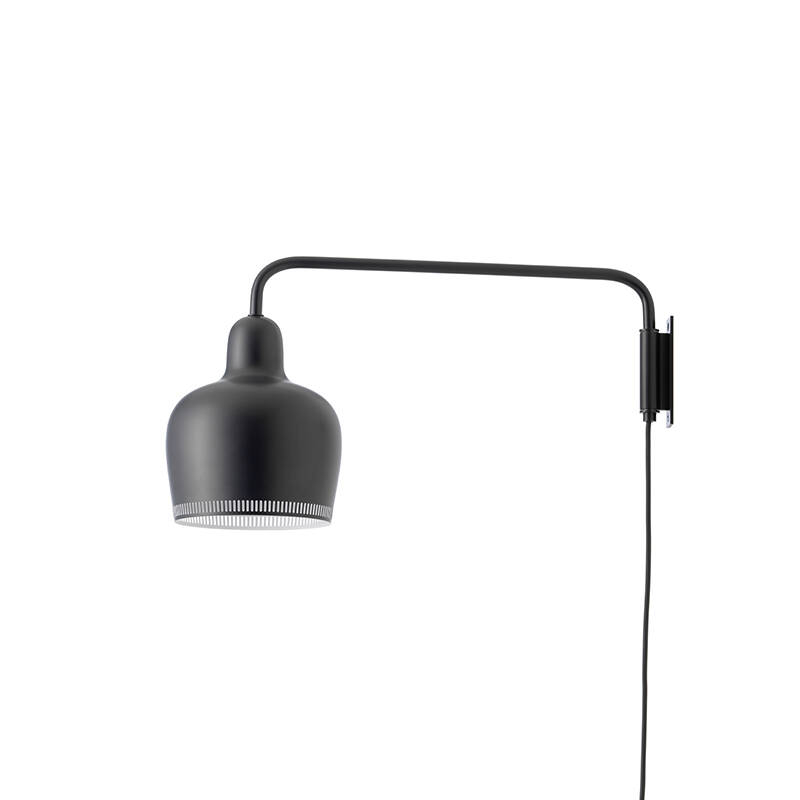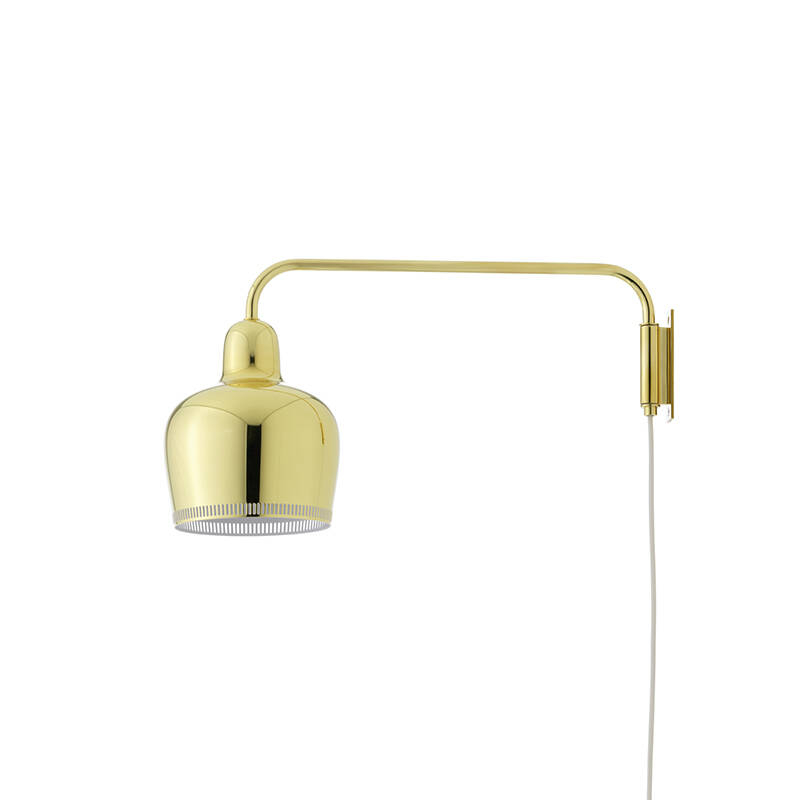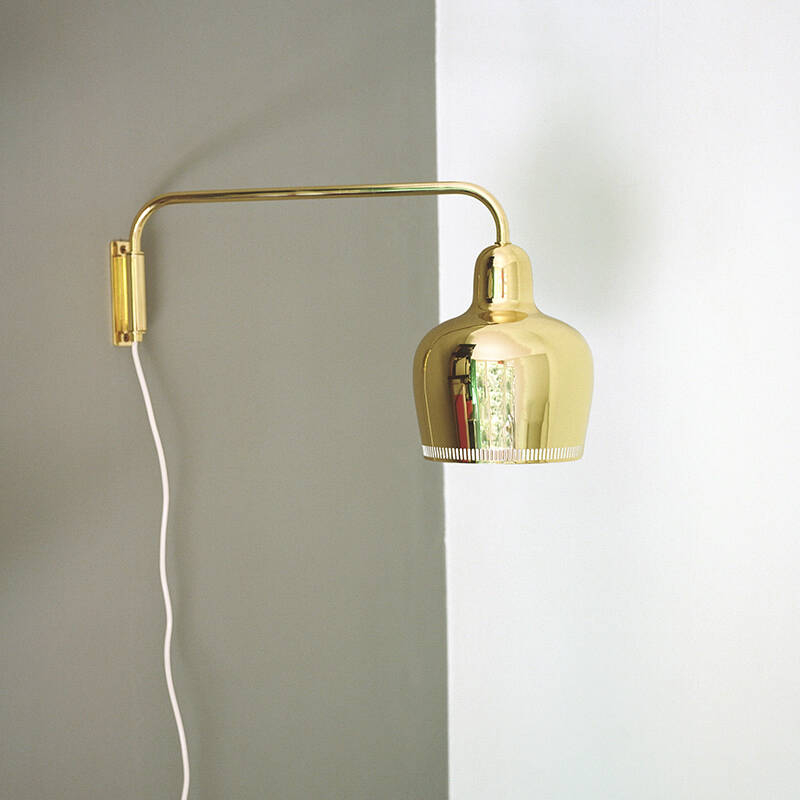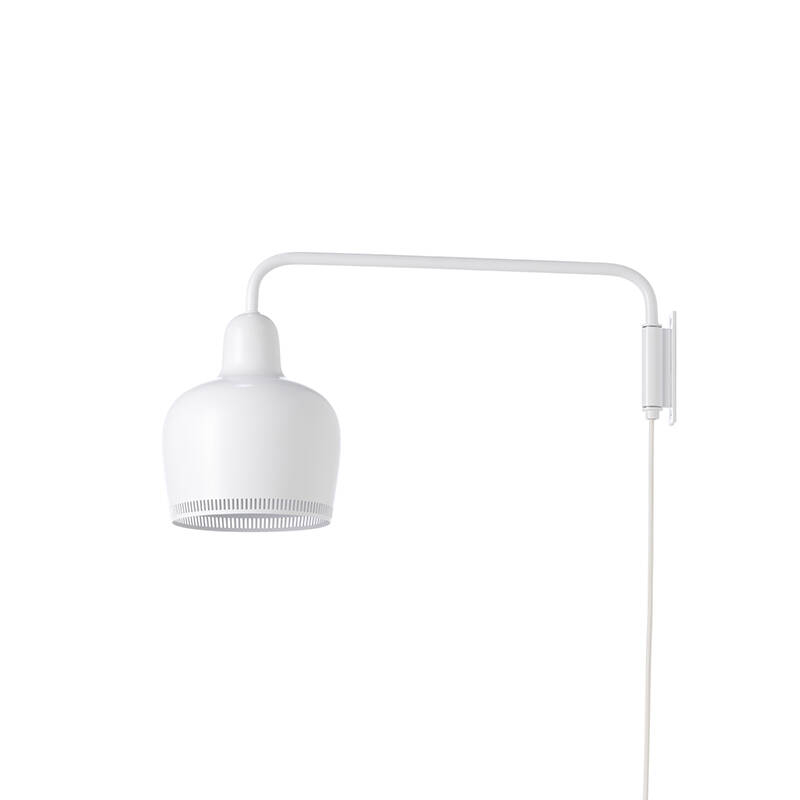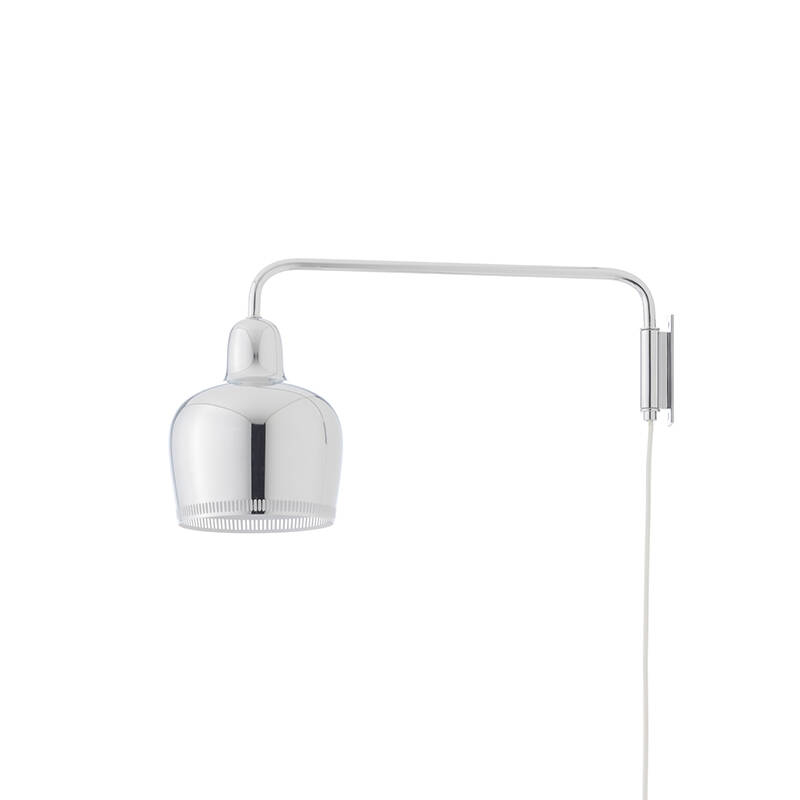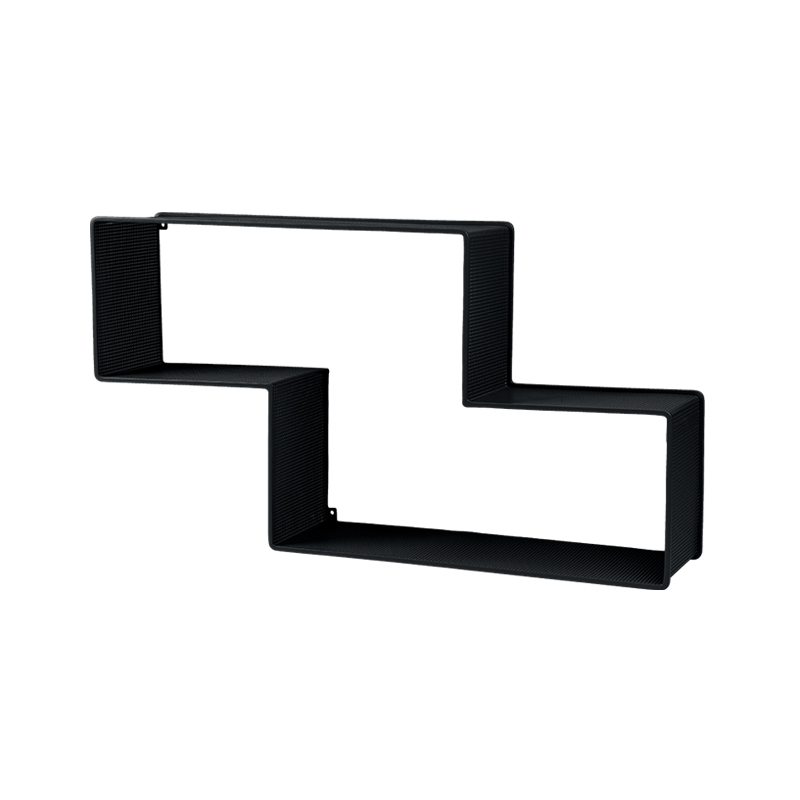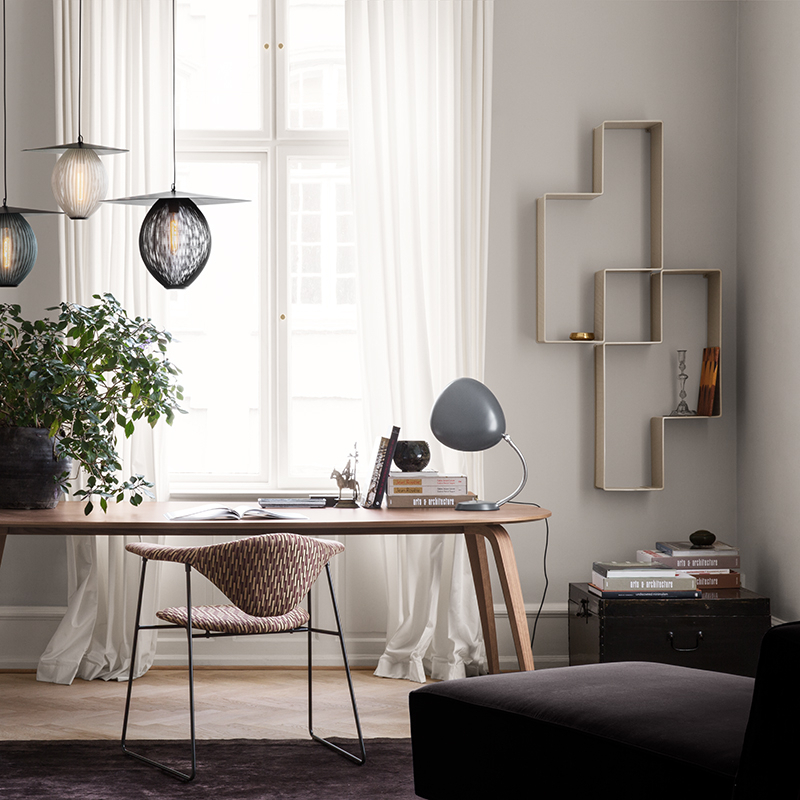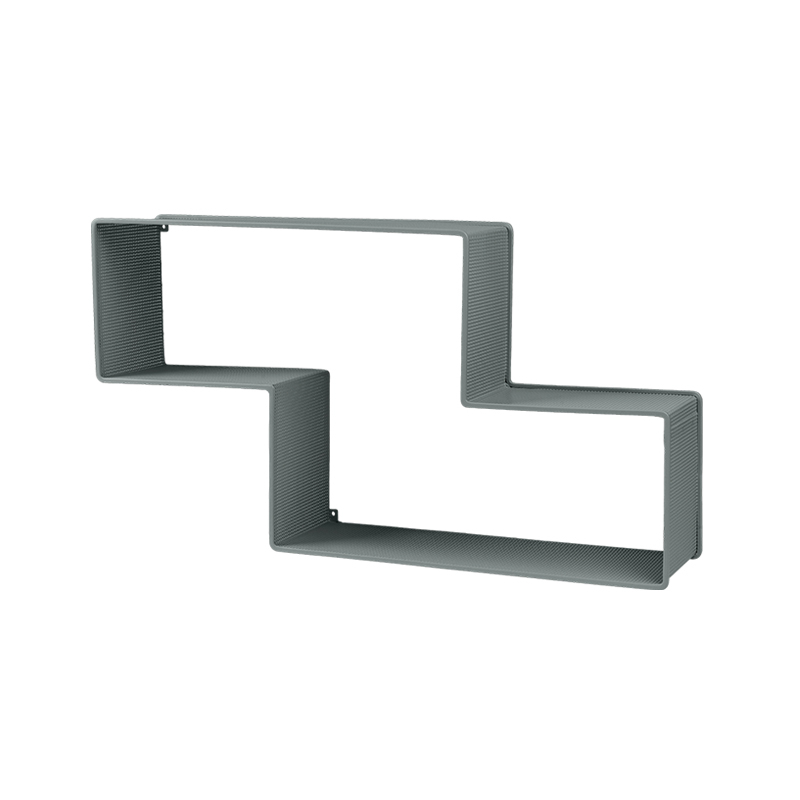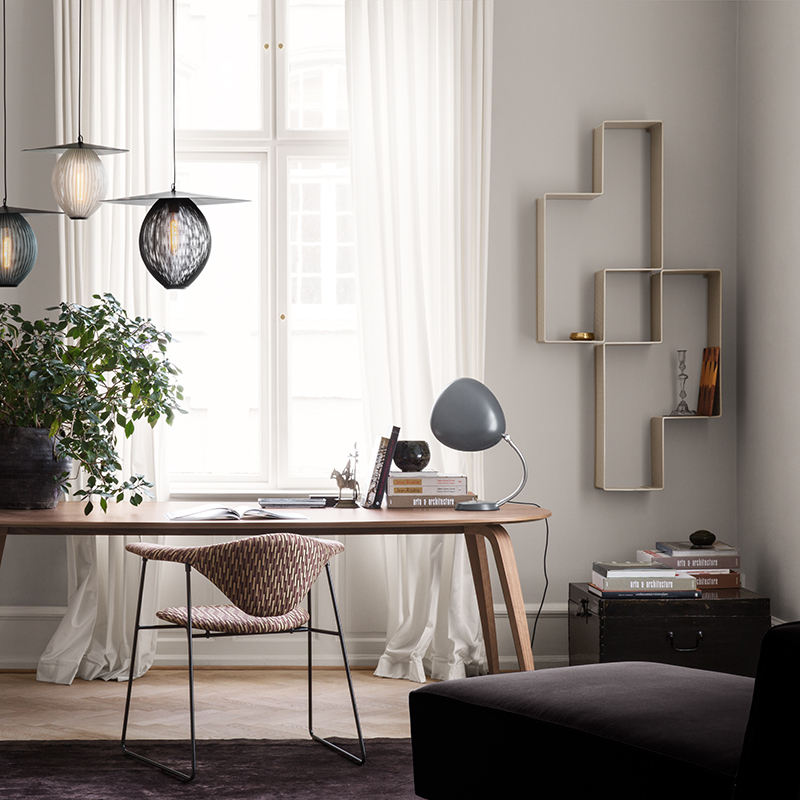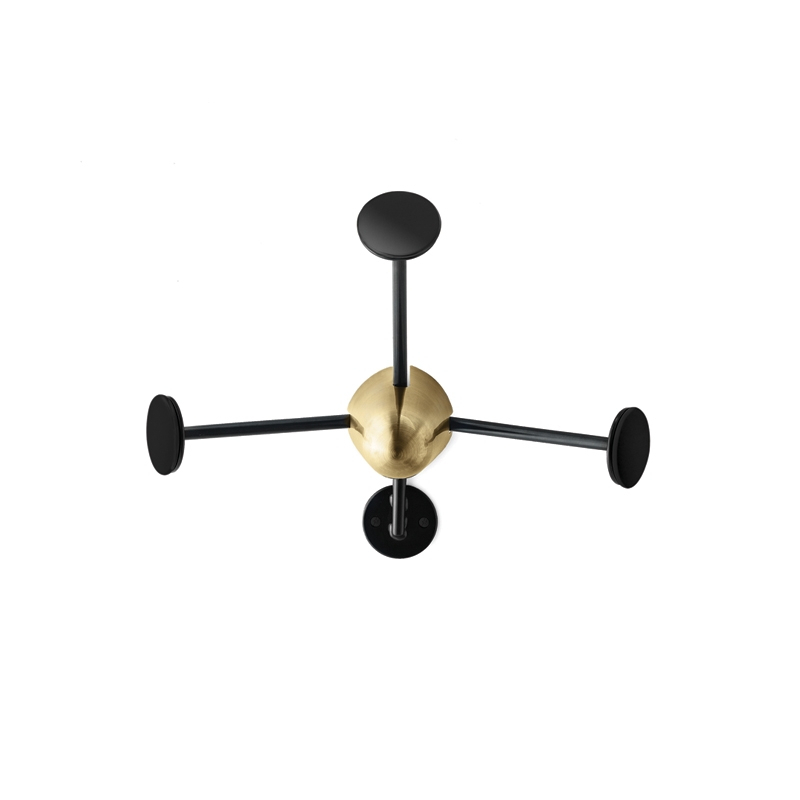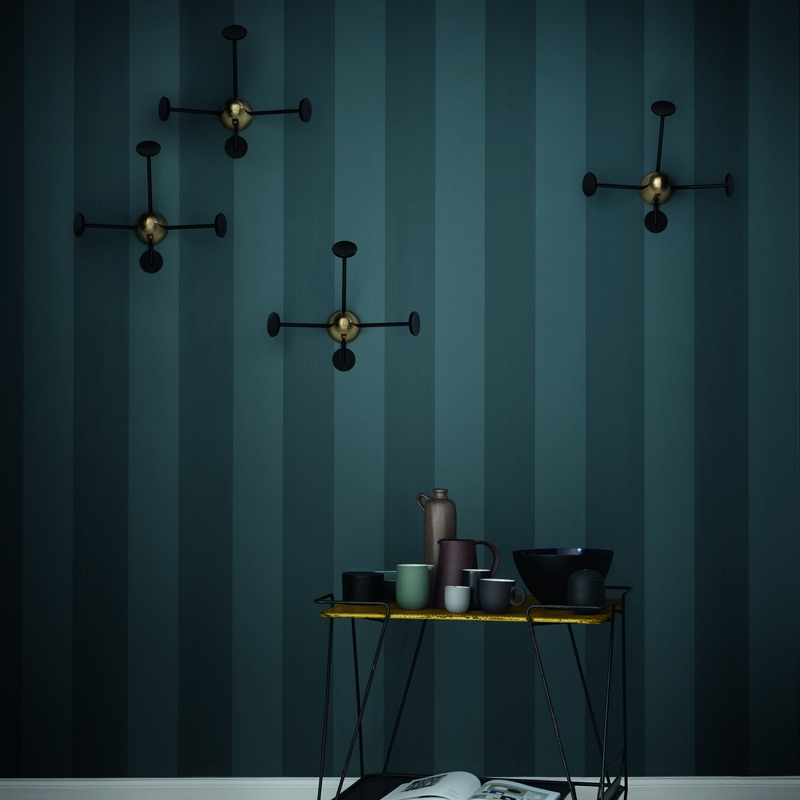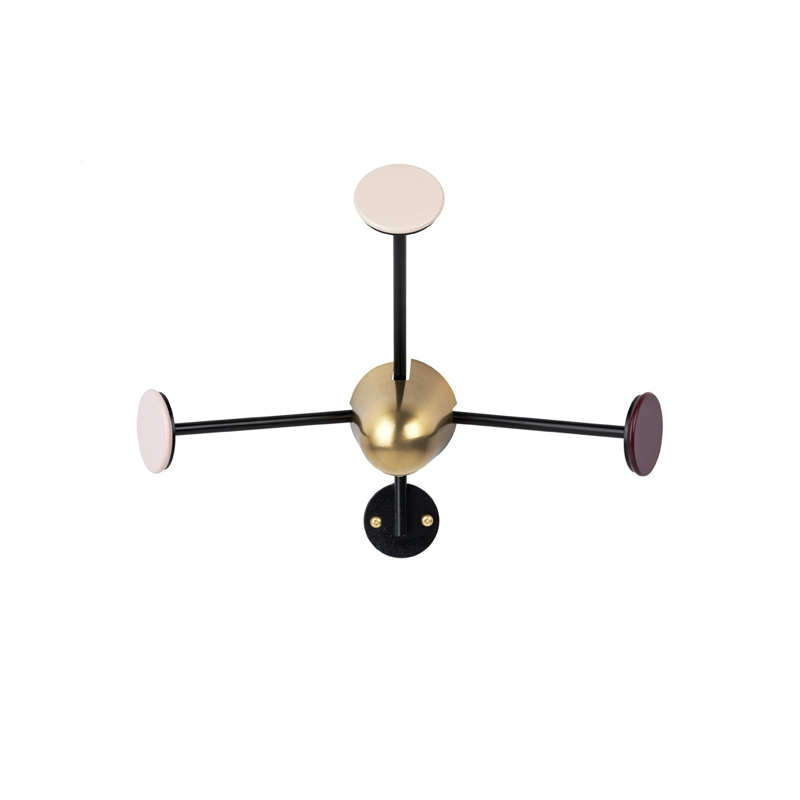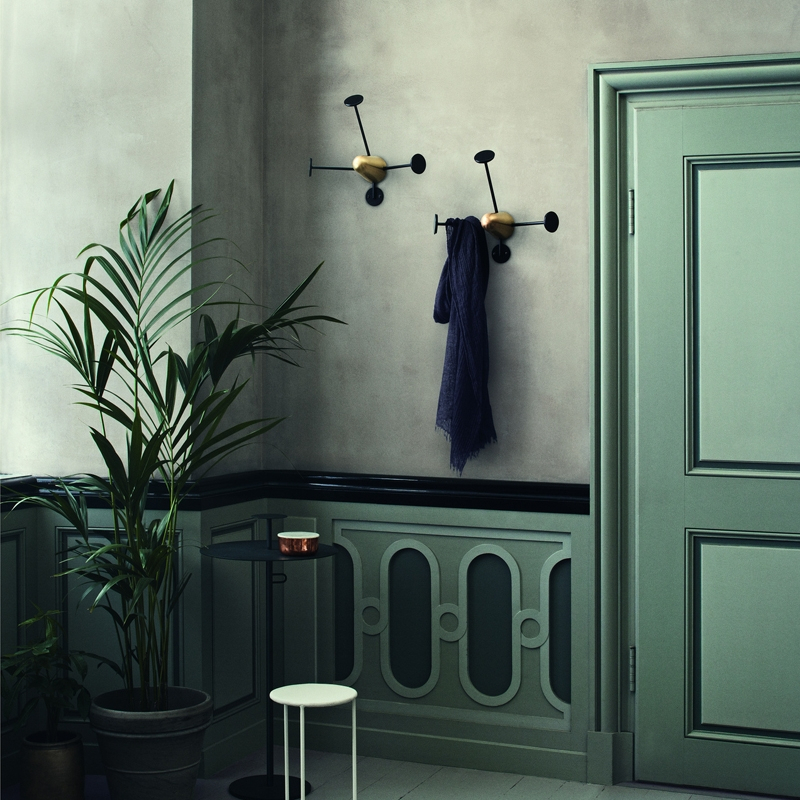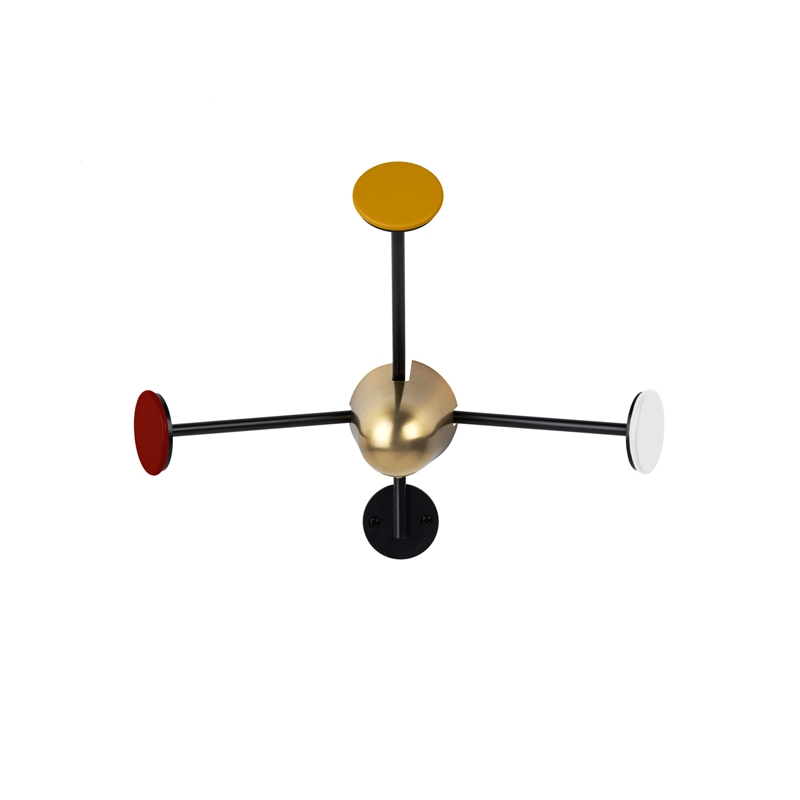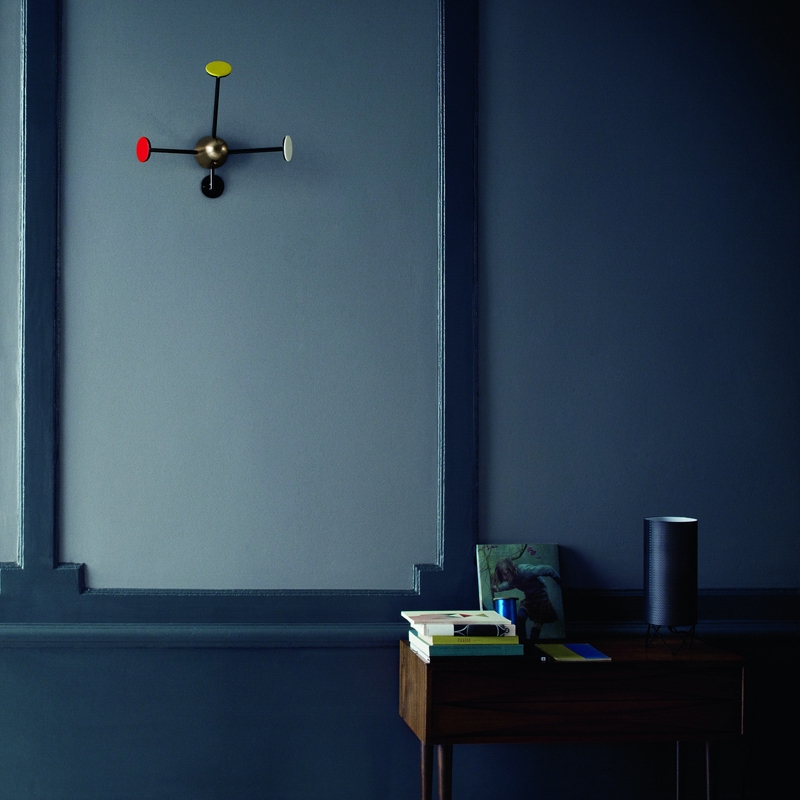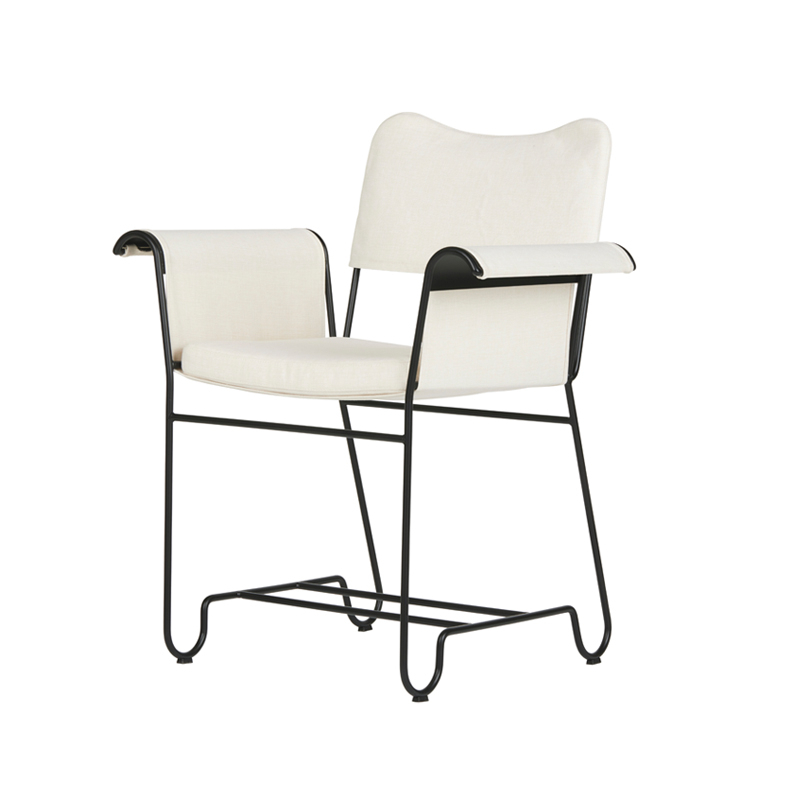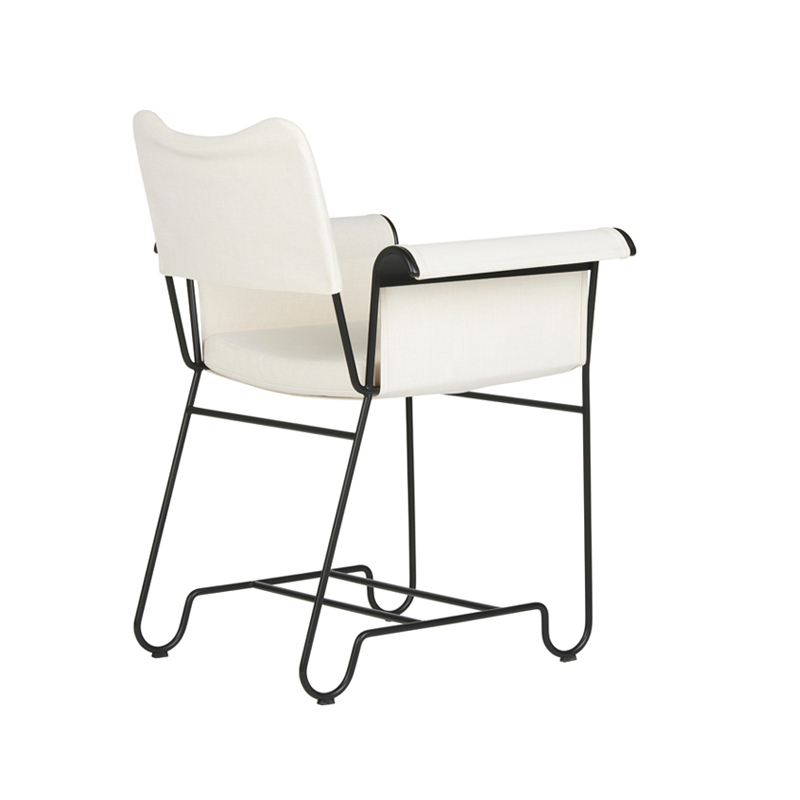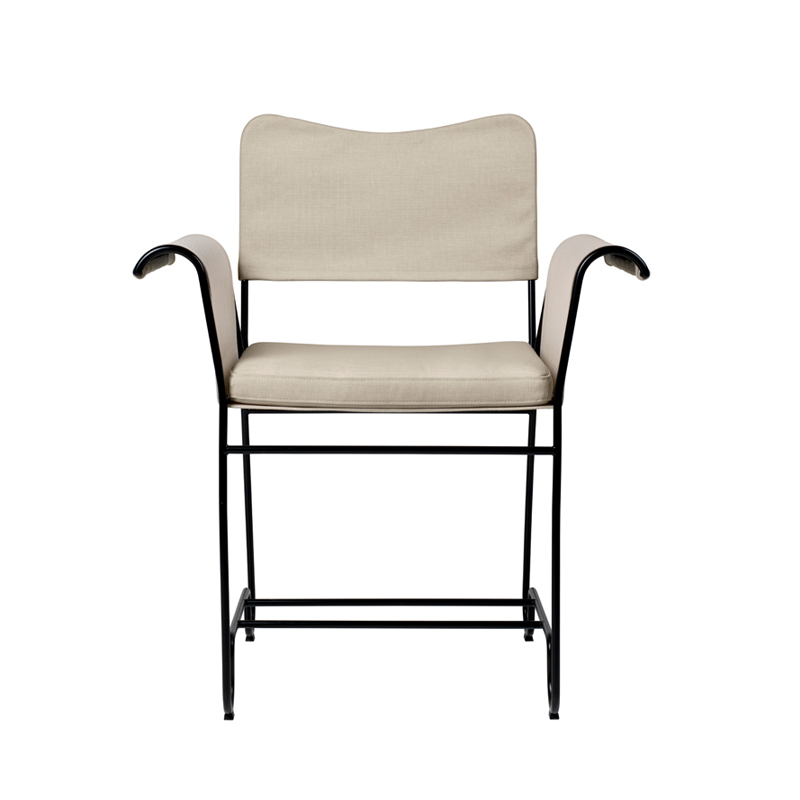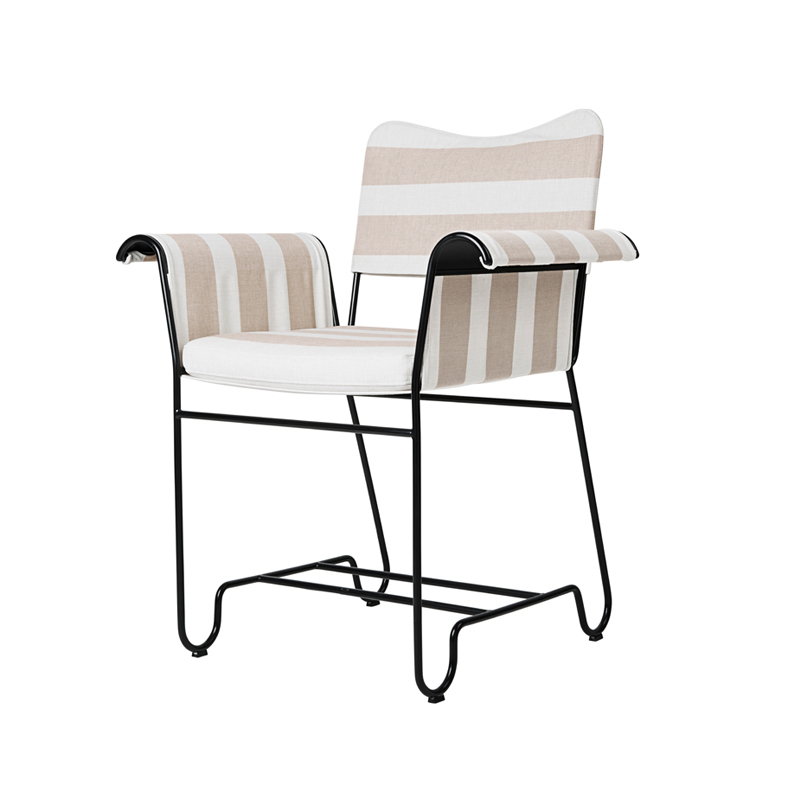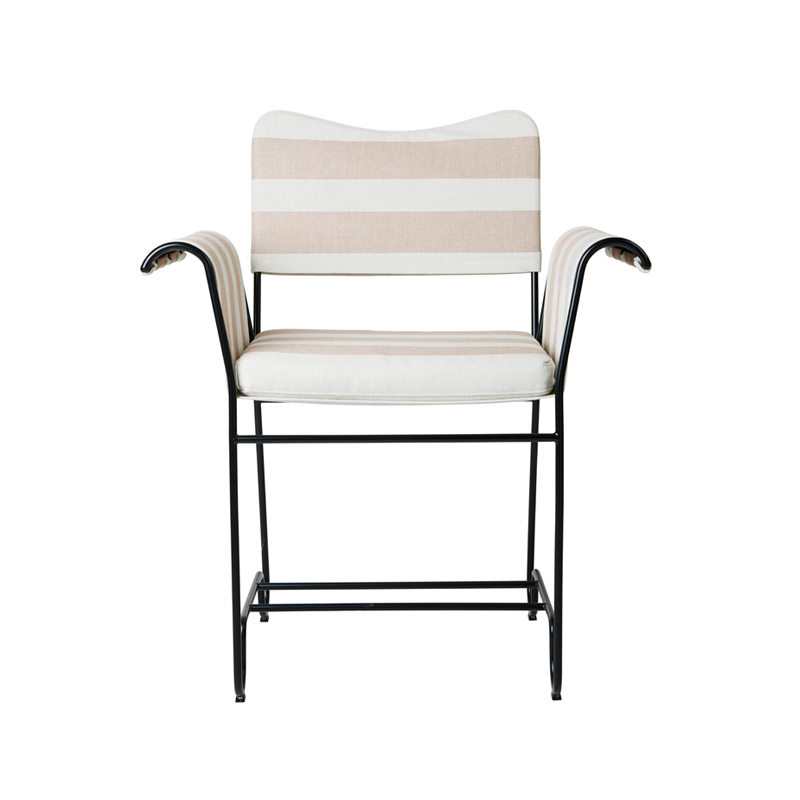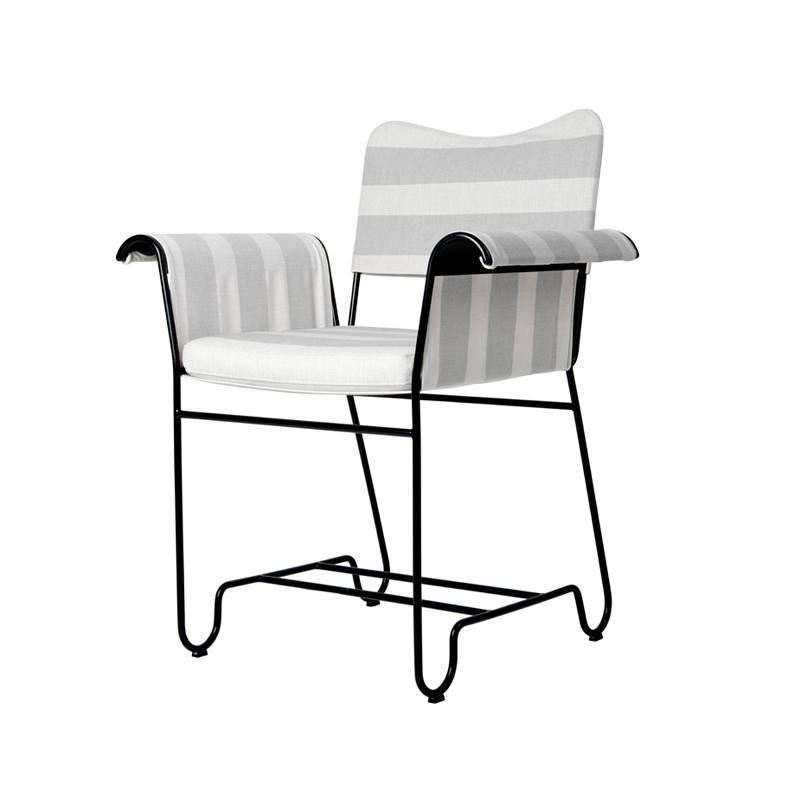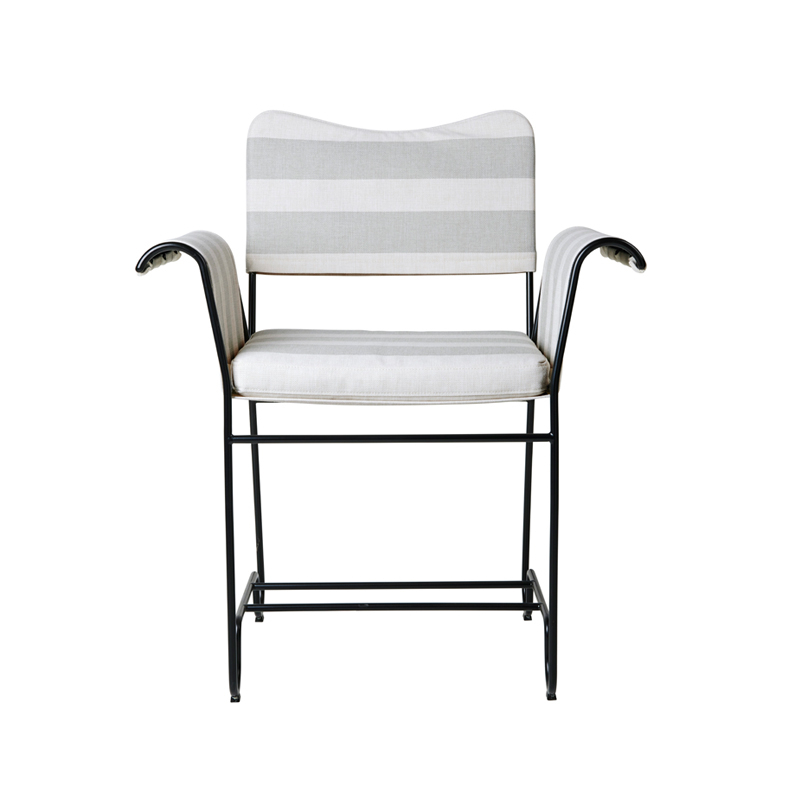- wishlist
-
Cart
Your cart is empty.
menu overlay
menu overlay
Already a customer?
New customer?
Enjoy all the benefits we offer and track your purchases in the order history.
Registermenu overlay
Reset my password
You will receive a link by email to reset your password.
-20%
Wall light SATELLITE Black and white GUBI
€1,039.20
€1,299.00
€866.00 HT
or in

SATELLITE Black and white
SATELLITE Black and white
€1,039.20
€1,299.00
€866.00 HT
€1,039.20
€1,299.00
€866.00 HT
Description
During a period of post-war optimism, Mathieu Matégot applied his own innovation, the "Rigitulle", to his Satellite collection, named in a nod to the scientific advances in France at the time. Perforated sheet metal has enabled the designer to reinvent the traditional lampshade, creating a new type of luminaire.
Designed in 1953, the applique Satellite comprises two diffusers made from perforated sheet metal folded accordion-style to obtain an ovoid shape, and mounted on two elongated metal arms. Almost 70 years later, Gubi is reissuing this sculptural piece.
The Satellite wall lamp, which can also be installed on the ceiling, is distinguished by its two large, perfectly balanced arms that give the impression that the shades are like balloons moving away from each other, frozen in weightlessness. Because of the size of its arms, the Satellite wall light is designed to be easily dismantled and reassembled for transport. The design of the Satellite lamp has been refined to meet today's safety standards, while remaining faithful to Matégot's original concept.
Designed in 1953, the applique Satellite comprises two diffusers made from perforated sheet metal folded accordion-style to obtain an ovoid shape, and mounted on two elongated metal arms. Almost 70 years later, Gubi is reissuing this sculptural piece.
The Satellite wall lamp, which can also be installed on the ceiling, is distinguished by its two large, perfectly balanced arms that give the impression that the shades are like balloons moving away from each other, frozen in weightlessness. Because of the size of its arms, the Satellite wall light is designed to be easily dismantled and reassembled for transport. The design of the Satellite lamp has been refined to meet today's safety standards, while remaining faithful to Matégot's original concept.
Technology
2 x e27
Color
Noir et blanc
Colour
black
Material
metal
Dimensions
l 128 x h 118 cm, abat-jour ø 22 x h 28 cm, câble l 180 cm
Finish
structure acier, abat-jour acier perforé
- Home
- ▸
- Wall light
- ▸
- SATELLITE Black and white
What you think of it
Delivery Terms
Delivery possible within 48 hours for in-stock products.
You will also like
By the same designer
menu overlay
Quote request
You will receive a response from us within 24/48 hours
Your contact details
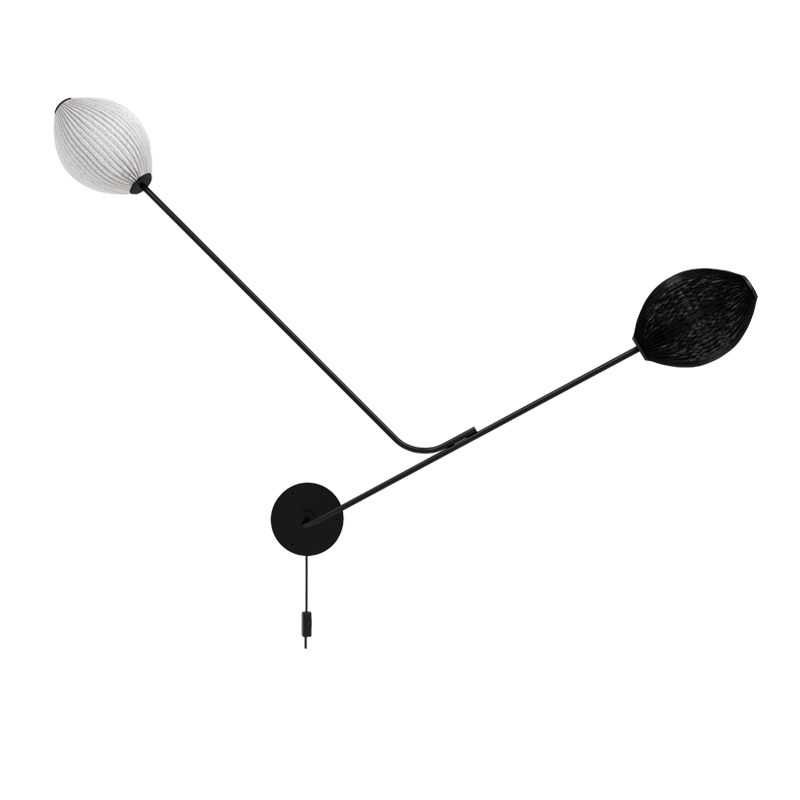
Wall light
SATELLITE Black and white
GUBI
Color :
Noir et blanc
€1,039.20 TTC
€1,039.20 HT
In stock
In stock
€1,039.20 TTC
€1,039.20 HT
Total items :
€1,039.20
Taxes
0 €
Total (VAT incl.)
€1,039.20


